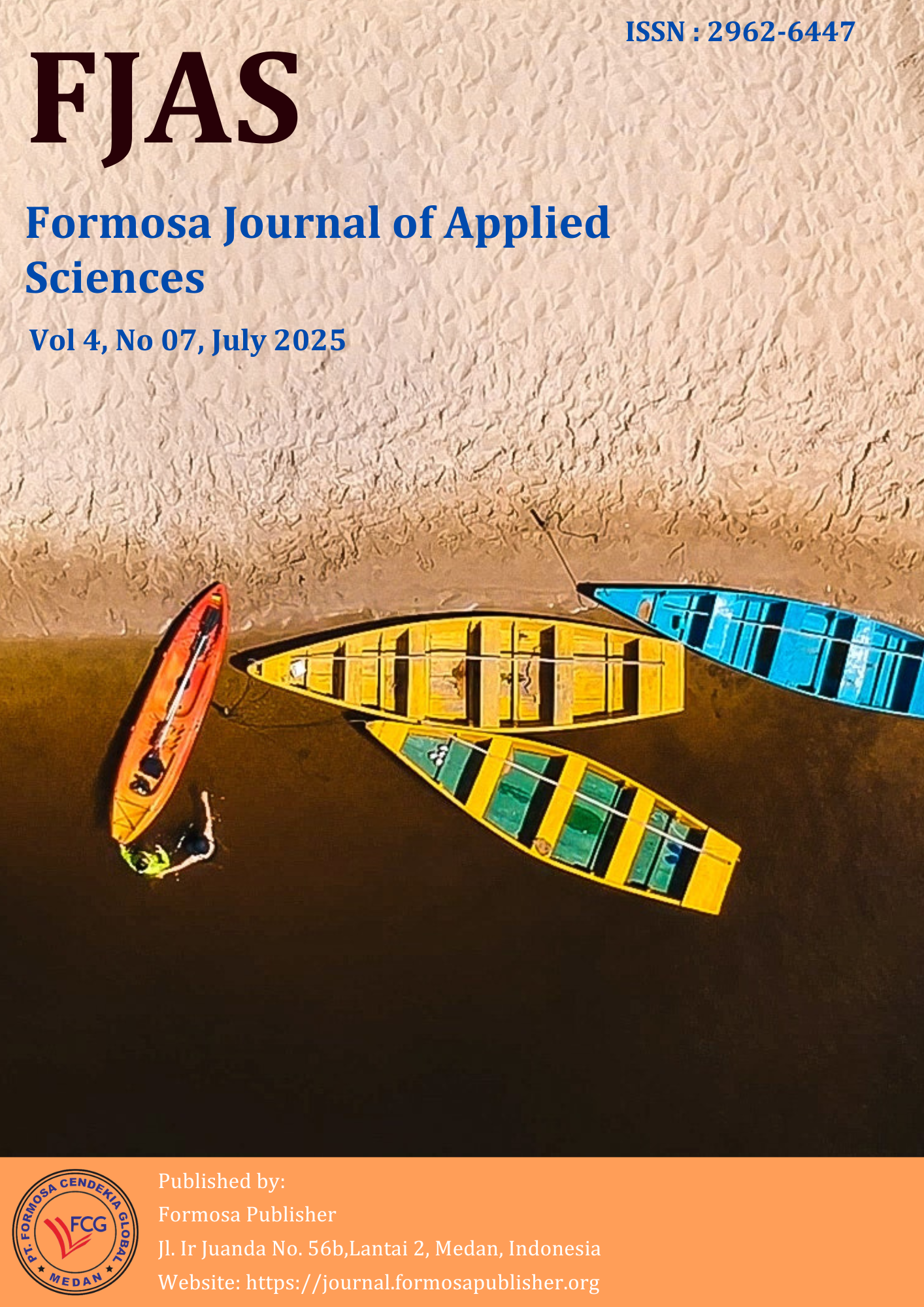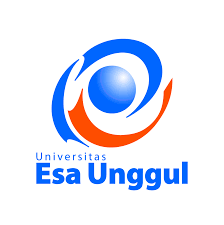The Effect of Communication Activities and Digital Financial Literacy on the Financial Behavior of Students of the Universitas Sumatera Utara
DOI:
https://doi.org/10.55927/fjas.v4i7.219Keywords:
Communication Competence, Taxpayer Satisfaction, Taxpayer Compliance, Tax CounselorAbstract
This study aims to analyze the influence of communication activities and digital financial literacy on the financial behavior of students at Universitas Sumatera Utara. A quantitative approach was employed using survey methods and a Likert-scale questionnaire as the research instrument. The theoretical framework is based on the Theory of Reasoned Action (TRA), Diffusion of Innovations, the Elaboration Likelihood Model (ELM), and extension communication theory. The study involved a sample of 360 respondents. The partial test results show that communication activities have a significant influence on financial behavior, and digital financial literacy also has a significant effect on financial behavior. The coefficient of determination test reveals that communication activities and digital financial literacy together account for 48.8% of the variance in financial behavior.
References
Ajzen, I. (1991). The theory of planned behavior. Organizational Behavior and Human Decision Processes, 50(2), 179–211.
Ariska, S.N., Jusman, Jumawan., & Asriany. (2023). Pengaruh Literasi Keuangan, Financial Tekhnologi dan Gaya Hidup Hedonisme terhadap Perilaku Keuangan Mahasiswa. Owner: Riset & Jurnal Akuntansi, 07(3), 2662-2673. https://doi.org/10.33395/owner.v7i3.1472.
Awalia, M., Innayah, M.N., Purwidianti, W., & Utami, R. F. (2024). Connecting The Dots: How Digital Financial Literacy and Locus of Control Drive Financial Success Through Financial Behavior. Soedirman Accounting Review (SAR): Journal of Accounting and Business, 09(02), 193-209. https://doi.org/10.32424/1.sar.2024.9.02.14469.
East, R. (1993). Investment decisions and the theory of planned behavior. Journal of Economic Psychology, 14(2), 337–375.
Fishbein, M., & Ajzen, I. (1975). Belief, Attitude, Intention, and Behavior: An Introduction to Theory and Research. Addison-Wesley.
Hilgert, M. A., Hogarth, J. M., & Beverly, S. G. (2003). Household financial management. Federal Reserve Bulletin, 89, 309–322.
Khairifa, F., Lubis, S., & Zulkarnain, I. (2019). The Relationship of Social Media Usage to the Satisfaction and Practice of Friendship (Silaturahmi) among Students of Universitas Sumatera Utara. Budapest International Research and Critics Institute (BIRCI-Journal) : Humanities and Social Sciences, 2(4), 575–589. https://doi.org/10.33258/birci.v2i4.660.
Kohar, A., Nurhaliza. E., Rahma. S. G., Puspitasari. Y., & Ferdiana. R. (2025). Strategi Komunikasi Digital dalam Meningkatkan Partisipasi Masyarakat Terhadap Program Pemerintah. Saber: Jurnal Teknik Informatika, Sains dan Ilmu Komunikasi, 3(2), 90-98. https://doi.org/10.59841/saber.v3i2.2550.
Kurnia, N., & Wijayanto, A. (2020). Literasi Digital: Konsep, Kebijakan, dan Implementasi di Indonesia. Jakarta: Prenada Media.
Law, N., Chow, A., & Fu, K. (2018). The impact of digital literacy on learning outcomes. UNESCO Report.
Mandell, L. (2007). Financial Literacy: Education Results. Brookings Institution Press.
Mandell, L., & Klein, L. S. (2009). Financial literacy education. Journal of Financial Counseling and Planning, 20(1), 15–24.
Mazdalifah, M., Moulita, M., & Savitri, N. (2024). Media Literacy in Enhancing Women’s Participation Towards Sustainable Development Goals in Indonesian Plantation Communities. WSEAS Transactions on Environment and Development, 20, 116–126. https://doi.org/10.37394/232015.2024.20.13.
Mega, S. (2022). Aktivitas Komunikasi Pelayanan Publik. Jurnal Syntax Transformation, 3(8), 1–12.
Monggilo, Z. M., et al. (2021). Literasi Digital. Jurnal Komunikasi Digital, 3(2), 56–67.
Nababan, D., & Sadalia, I. (2012). Analisis perilaku keuangan mahasiswa. Jurnal Keuangan dan Perbankan, 7(2), 123–135.
Pavlou, P. A., & Fygenson, M. (2006). Understanding ecommerce adoption. MIS Quarterly, 30(1), 115–143.
Priyana, A. P., NurAzmi, I., & Kurniawan, R. (2024). Perilaku konsumtif dalam berbelanja online. JEMSI, 5(6), 533–542. https://doi.org/10.31933/jemsi.v5i6.
Rahmawati, N., & Suryani, T. (2020). Literasi Keuangan dan Fintech. Jurnal Profita, 8(4).
Rambe,R.F. AL. K., Ritonga, A.R., Dalimunthe,M.A. (2023). Komunikasi Publik Pemerintah Kota Medan Dalam Pengalihan Kewenangan Kebijakan Terkait UU No. 23 tahun 2014. KomunikA. 19(01), 39-44. https://doi.org/10.32734/komunika.v19i01.11411.
Rogers, E. M. (2003). Diffusion of Innovations (5th ed.). New York: Free Press.
Saputri, N. D. M., Santati, P.., & Putri, M. A.(2024). Era Digitalisasi Ekonomi: Influencer, Literasi Keuangan, Self-control dan Pengaruhnya Terhadap Keputusan Investasi. Reviu Akuntansi dan Bisnis Indonesia, 8(3). 325-341. https://doi.org/10.18196/rabin.v8i3.22415.
Sari, N. R., & Listiadi, A. (2021). Literasi dan Uang Saku. Jurnal Pendidikan Akuntansi (JPAK), 9(1).
Sufyati, H. S., & Afifah, R. (2021). Literasi Keuangan di Era Digital. Jurnal Ekonomi dan Keuangan, 9(3), 210–225.
Sugiyono, & Lestari, P. (2024). Metode Penelitian Komunikasi: Edisi Revisi. Alfabeta.
Thukral, S., Sangwan, S., Chatterjee, A., Dey, L., Agrawal, A., Chandra, P. K., & Mukherjee, A. (2024). Understanding how social discussion platforms likeReddit are influencing financial behavior. IEEE Xplorer. https://doi.org/10.1109/WI-IAT55865.2022.00096.
Zhang, R., et al. (2020). Digital financial inclusion. China Economic Review, 62, 101487
Downloads
Published
Issue
Section
License
Copyright (c) 2025 Anna Safitri, Dewi Kurniawati, Feni Khairifa

This work is licensed under a Creative Commons Attribution 4.0 International License.


























